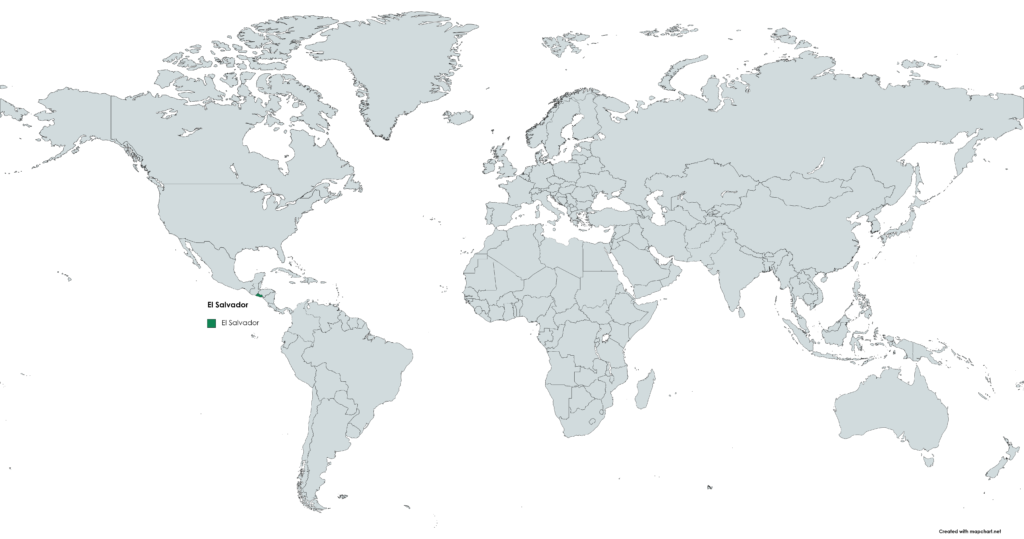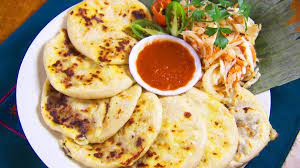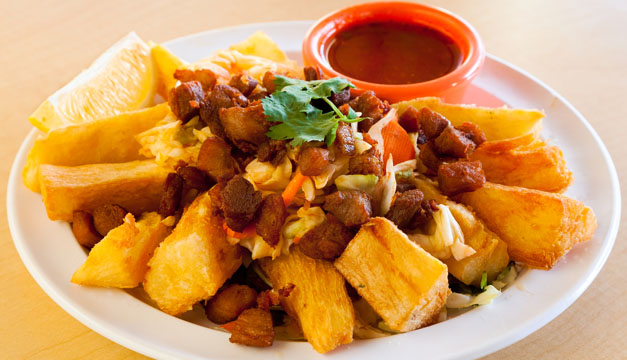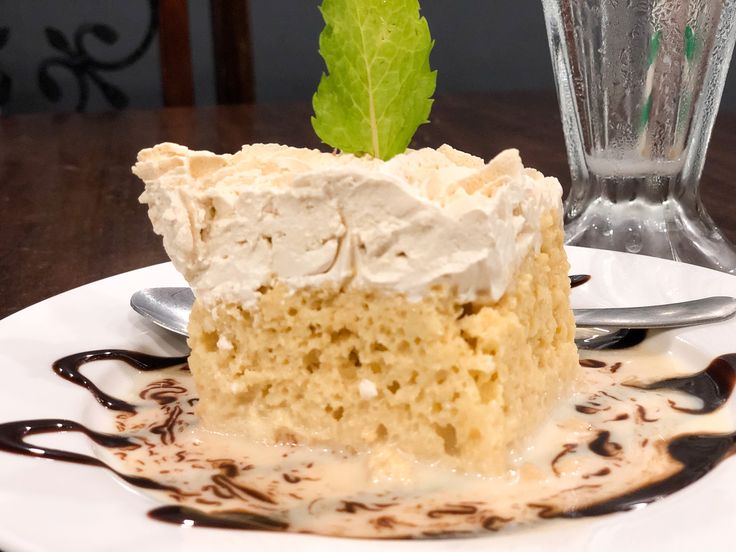El Salvador travel tips
El Salvador travel tips: Vibrant culture, scenic landscapes, Pacific coast beaches, Mayan ruins, and a resilient spirit, overcoming challenges with optimism and unity.
Before you go 🛩
Important information you should know before your trip
Info

Capital | San Salvador
Flag Codes
ISO alpha-2 SV, ISO alpha-3 SLV
Currency
Badge | US Dollar
CODE | USD
NUMBER | 840
SYMBOL | $
FRACTION | Penny
Mobile Coverage
Dialing Code | +503
SIM Card
Coverage
3G / 4G / 5G
Mobile Networks | Claro Movil | Digicel | Movistar | Tigo Movil |

Location
El Salvador is a country located in Central America. It is bordered by Honduras to the northeast, Guatemala to the northwest, and the Pacific Ocean to the south. The country is relatively small in size, with a total land area of approximately 21,041 square kilometers (8,124 square miles).
El Salvador’s geographic coordinates are approximately 13.7942° N latitude and 88.8965° W longitude. The country has a coastline along the Pacific Ocean to the south, providing access to beautiful beaches and coastal areas.
El Salvador’s landscape is diverse, with mountainous regions, volcanic peaks, fertile valleys, and coastal plains. The country is known for its stunning natural beauty, including national parks, volcanoes, lakes, and waterfalls.
Currency
The currency of El Salvador is the United States Dollar (USD). El Salvador adopted the U.S. dollar as its official currency in 2001, replacing the Salvadoran colón. Since then, the U.S. dollar has been widely used for all financial transactions in the country.
While the U.S. dollar is the primary currency, it’s important to note that El Salvador has its own set of coins, known as “colones,” which are equivalent to U.S. cents. These colones are not in active circulation but are still used in some instances to give change for amounts less than one U.S. dollar.
When exchanging currency, it’s recommended to do so at reputable exchange offices or banks. Be mindful of exchange rates and any associated fees or commissions that may apply.
Languages
The official and most widely spoken language in El Salvador is Spanish. Spanish serves as the primary language of communication in all aspects of daily life, including government, education, business, and social interactions.
When visiting El Salvador, knowing basic Spanish phrases can be helpful for navigation, ordering food, asking for directions, and engaging with locals. While some people in tourist areas or major cities may have some level of English proficiency, especially those working in the tourism industry, it’s still beneficial to have some knowledge of Spanish to enhance your travel experience and communicate more effectively.
In more remote or rural areas of El Salvador, English proficiency may be limited, and Spanish becomes even more crucial for effective communication. Learning some key phrases and practicing basic conversational Spanish can help you navigate these situations more easily.
Climate 🌡
El Salvador has a tropical climate characterized by two distinct seasons: the dry season and the rainy season. Here’s an overview of the climate in El Salvador:
Dry Season (November to April): The dry season in El Salvador typically begins in November and lasts until April. During this period, the weather is generally sunny and dry with low chances of rainfall. The temperatures are warm, ranging from around 25°C to 30°C (77°F to 86°F) in coastal areas and slightly cooler in the highlands. It is a popular time for tourism, as the weather is favorable for outdoor activities, beach visits, and exploring the country’s attractions.
Rainy Season (May to October): The rainy season in El Salvador starts around May and extends until October. This period is characterized by increased rainfall and higher humidity. Rain showers are common, usually occurring in the afternoons or evenings. The temperatures during the rainy season remain warm, ranging from around 25°C to 30°C (77°F to 86°F). It’s worth noting that El Salvador is prone to tropical storms and hurricanes, which can bring heavy rainfall and strong winds, especially between August and October.
El Salvador travel tips
Here are some travel tips for visiting El Salvador:
Pupusas:
Try the national dish, pupusas, a delicious stuffed tortilla.
Language:
Spanish is widely spoken; basic phrases enhance your experience.
Weather Awareness:
Tropical climate; pack sunscreen, lightweight clothing, and stay hydrated.
Historical Sites:
Explore Mayan ruins at Joya de Cerén and Tazumal.
Local Transportation:
Use reliable transportation options; microbuses, taxis, or rideshares are common. Learn basic Spanish phrases to enhance your travel experience and connect with locals.
Surfing:
Enjoy Pacific coast beaches; El Salvador is a hidden gem for surfers.
Nature Reserves:
Discover lush landscapes in El Imposible National Park and Montecristo Cloud Forest.
Cultural Etiquette:
Respect local customs and traditions; El Salvadorians are known for their warmth.
Enjoy the incredible beauty and diversity that El Salvador has to offer!

The best of the best
El Salvador has a rich culinary heritage with a variety of delicious traditional dishes.

Pupusas
Are the national dish of El Salvador and a staple of Salvadoran cuisine. They are thick corn tortillas stuffed with various fillings, such as cheese, beans, pork, or loroco (an edible flower bud). Pupusas are typically served with curtido (a pickled cabbage slaw) and salsa roja (a tomato-based sauce).

Yuca Frita
Is fried cassava, a starchy root vegetable similar to yam or potato. The yuca is peeled, cut into chunks or fries, and deep-fried until crispy. It is often served as a side dish or appetizer and can be accompanied by salsa or a tangy tomato sauce.

Sopa de Pata
Is a hearty soup made from cow’s feet, vegetables, and spices. It is a popular comfort food in El Salvador, especially during the weekends or special occasions. The soup is known for its rich flavor and gelatinous texture.
Here are some typical foods of El Salvador:
Chicharrón: Chicharrón refers to crispy, deep-fried pork belly or pork rinds. It is often seasoned with salt and served with yuca, plantains, or tortillas. Chicharrón can be enjoyed as a snack or used as a filling in sandwiches or pupusas.
Tamales: Tamales are a traditional Mesoamerican dish made of masa (corn dough) filled with various ingredients, such as pork, chicken, or vegetables. The mixture is wrapped in banana leaves and steamed until cooked. Tamales are often enjoyed during special occasions or holidays.
Mariscada: Mariscada is a seafood stew made with a variety of fresh seafood such as fish, shrimp, crab, clams, and mussels. It is cooked with tomatoes, onions, garlic, and spices, resulting in a flavorful and aromatic dish. Mariscada is often served with rice and accompanied by tortillas.
Atol de Elote: Atol de Elote is a traditional Salvadoran drink made from fresh corn, milk, sugar, and spices. It has a thick and creamy consistency, similar to a warm corn pudding. Atol de Elote is a popular beverage enjoyed as a breakfast or dessert option.
Exploring the local markets, street food stalls, and traditional restaurants will provide a chance to discover even more mouthwatering dishes.
Transportation 🚥
More information about this country
Choose your destination 📍🗺
Useful Links ✅



















